How to Start a Blog in 2022: Tips, Tricks, and Best Practices

If you are planning to start a blog and hoping to succeed in finally quitting your 9-5 job, you are in the right place. But, it is not going to be easy. At the same time, this blog will guide you through the challenges you may face when starting a blog in 2022.
An essential blogging basic before you go ahead is to be diligent, passionate, and have PATIENCE! Amit Agarwal (the founder of Labnol) took almost a decade to become an overnight success as India’s first tech blogger, and his current earning is $60,000 per month.
Now that you understand the trifecta of blogging, here’s a rule book to follow. After all, like life, there are no shortcuts to winning as a blogger.

The aim is to take baby steps and not get overwhelmed. Hence, this blog is divided into a bite-sized action plan covering every basic step of starting a blog in 2022, from choosing a hosting website to creating an email list. By the end of it, you will be updated on how to create a blog and be successful.
Let’s get started!
The Basics of How to Start a Blog
- Design your blog
- Decide on a niche
When starting a blog in 2022, you first need to have the right niche. Ask yourself what you are passionate about and see if there’s an audience for it. Go through tons of blogs online. You may come across blog topics that unleash your creativity. The quickest way to identify this is through a Google search!
For example, if you are a professional baker, search for the most common baking terms.
This way, you can follow your passion, gather readers, and enjoy your blogging journey.

The results are plenty, but the first few will give you an insight into how people are scouring the web for baking recipes. Don’t worry about your niche being too off-center if you are passionate about it. Another blogging basic to note is to check if there is a demand for your niche online. This is crucial for your blog’s success.
Here are a few steps that you can take for the validation process:
- Check the size of the niche
- Research your competitors
- Analyze the potential to make money out of it
At times, taking a good blogging course can also provide you with a clear idea about the place you have to choose.
- Pick a domain, hosting service, and blogging platform.
Your domain name is the name by which you will be known over the Internet. It is the unique address of your blog over the internet. Decide on a short and straightforward name that isn’t a homophone. At the same time, do not worry too much about the domain name. If it is weird, the chances are that it is unique. It will take time to transform it into a brand.
Users who know your domain can type it into the browser’s address bar. But others can discover you through online search engines, such as Bing or Google. Hence, you must come up with a unique blog name.
Choose a hosting web central service from GoDaddy or BlueHost. Both are cheap and boast good customer support. Go with the basic plan and ensure to opt for domain privacy and protection.
Preferably choose WordPress as your CRM platform. It is user-friendly, reliable, and offers many free plugins.
Once ready, get to the designing part. Set your brand’s persona, craft a “Coming Soon” page, select good fonts, customize the homepage design, and create an “About Us” page. Also, don’t forget to see what your competitors are up to!
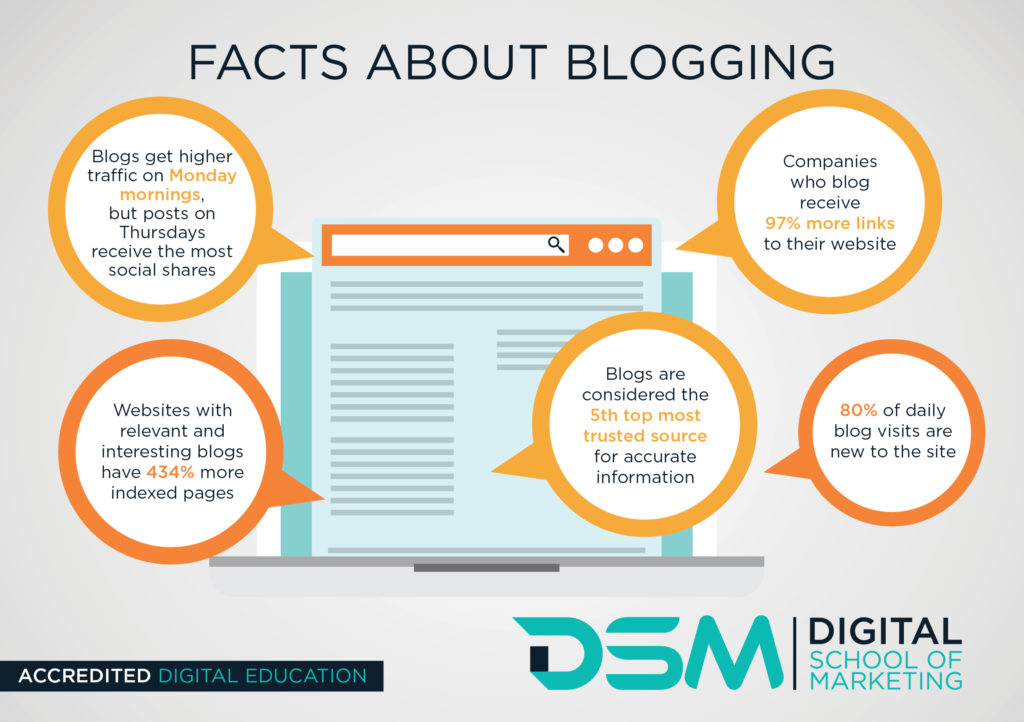
2. Install essential plugins
The most tempting benefit of choosing WordPress is its plethora of plugins. They will ease your life and help personalize the website.
Tip: There are over 52,000+ wordpress plugins. Install the necessary ones, or they will slow down your page speed.
Here are some essential plugins:
- Yoast: To help measure and give you insights into your web page’s (article’s) SEO and readability.

- Jetpack: To manage the website’s speed and security.

- Akismet Spam Protection: It will scan comments, forms, and user-received data to prevent malicious content on your website.

- WP Forms: An easy WordPress form builder to collect submissions from your readers.
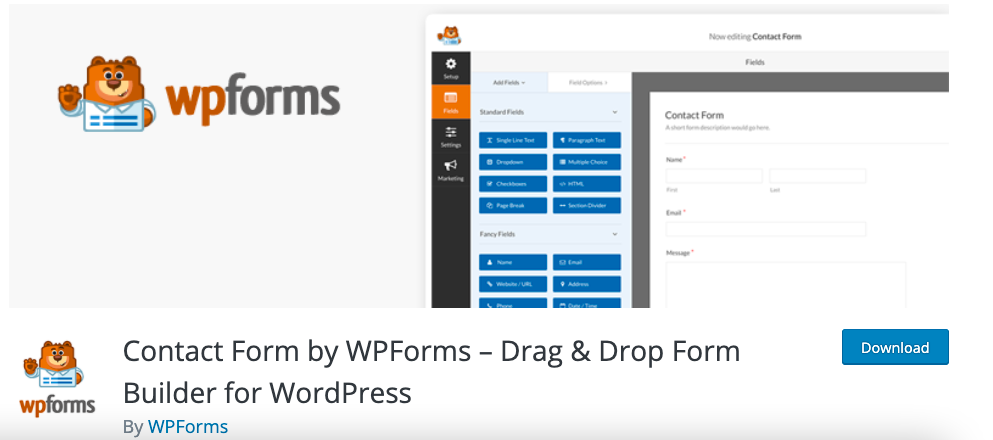
- XML Sitemaps: To create search-engine-friendly sitemaps for your website
3. Set up your content calendar
To succeed at the search engine game, you must write blog posts that are intriguing, unique, and useful for your readers.
But who is your audience? Before starting a blog, create your buyer’s persona. Identify your target audience, what they are looking for, and how you can help them.
The next step is to conduct a competitive analysis. See what your competitors are writing about and see what you can do to upgrade it for your audience.
At this stage, you will probably have plenty of ideas. So how do you prioritize them?
An underrated blogging basic to create a content calendar. Jot down the dates of special occasions, days, and research on Google Trends. This will help you plan and cover everything that’s time-sensitive without delay.
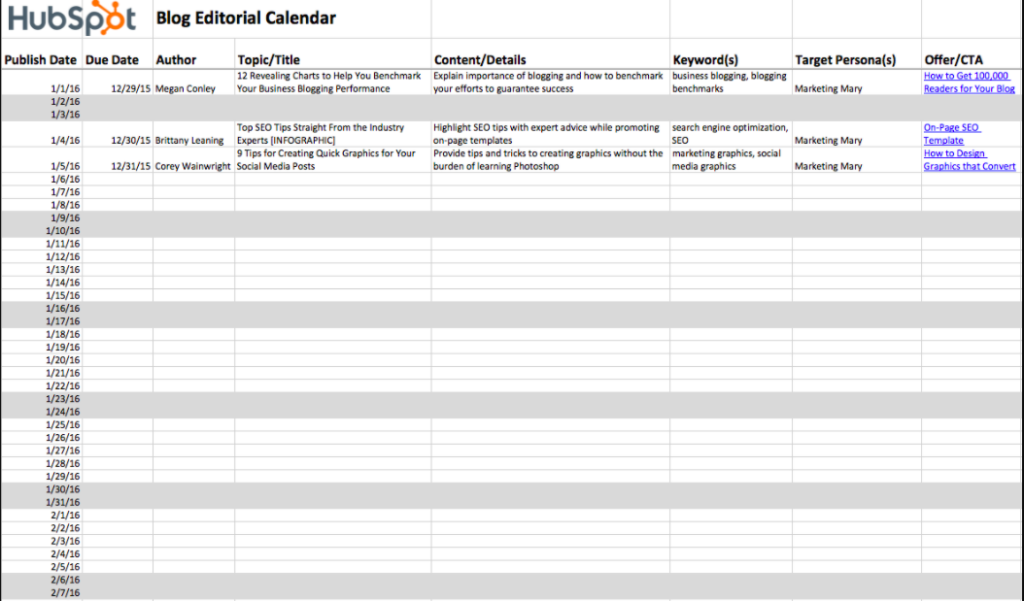
At this point, you must also decide how many posts you want to publish – daily, weekly, or monthly. The ideal answer is to start publishing one per week. However, if you have more time on hand, you can post daily. When starting a blog, remember not to overwhelm your readers. Do not spam.
4. Write your blog posts.
Now that you have organized your content calendar, it’s time to focus on the crux of a blog—writing!
People do not read a blog just because it looks nice or publishes content frequently. They read it because they are interested or care about what it says. Starting a blog means creating meaningful and valuable content to hook your readers.
There are many free online courses for blogging that will tell you how to start writing your blog. An online blogging course can provide you with blog starting tips and necessary information to get your hands dirty.
When starting a blog, begin with researching the topic, followed by creating the article’s structure. This ensures you don’t deviate from the main subject. If your main aim is to earn money from the blog, you have to research to decide if there is a market demand for that niche. Find out if your prospective audience is searching for what you are planning to write about.
Before writing your blog, you must select at least 5-10 keyword phrases after extensive research. Choose a keyword that sees high traffic.
Here are some key blog elements to take care of:
- Headings: Your headings need to be catchy. Understand the psychology of your readers and use words that create FOMO for them.
- Introduction: It will make or break your article. The introduction needs to resonate with the audience. So step into their shoes and address the pain point in your article.
- Scannability: Give your article more white (breathing) space. Write shorter paragraphs and divide your content into subheads.
- Add visuals: Try to break the content with more visuals for readers to consume it quickly. Add images, videos, or even witty but relevant gifs.
- Takeaway: What action do you want the user to take after reading your article? Place a proper call-to-action that directs the user’s path to take action, whether subscribing to the newsletter or buying a product/service.
One common problem that most blogging beginners face is plagiarism. Often when you follow other blogs, you subconsciously follow their writing patterns and lose the originality. If you feel you are just paraphrasing, stop right there!
Take a break and get back to it with a fresh perspective. It’s always quality vs. quantity.
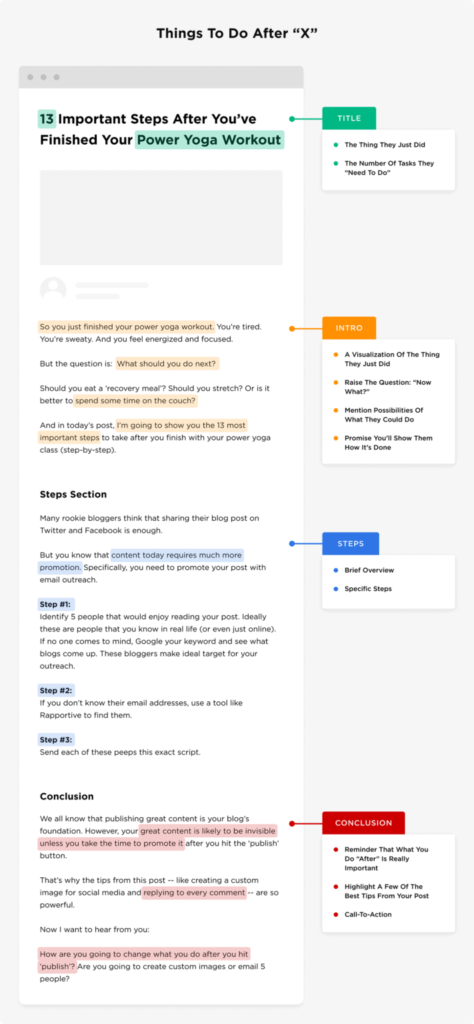
5. Building SEO-friendly blog content
Research, observe, and add – this should be the mantra when starting a blog!
Marketers usually conduct heavy SEO research using tools like Google Keyword Planner, SEMRush, and Uber Suggest. But is it indispensable?
Well, the goal is to make the article user-friendly. And you don’t necessarily need paid tools for this.
Here’s how you can make your article SEO-friendly without an in-depth understanding of SEO or splurging on tools:
- Research your competitors’ content: See the words they use in the headers and search for them on Google to see if they appear in suggestions.
- Google Trends: Go to Google Trends and search for your topic. Trends and breakout topics will appear at the bottom. You can include those queries in your article to make it more user-friendly.
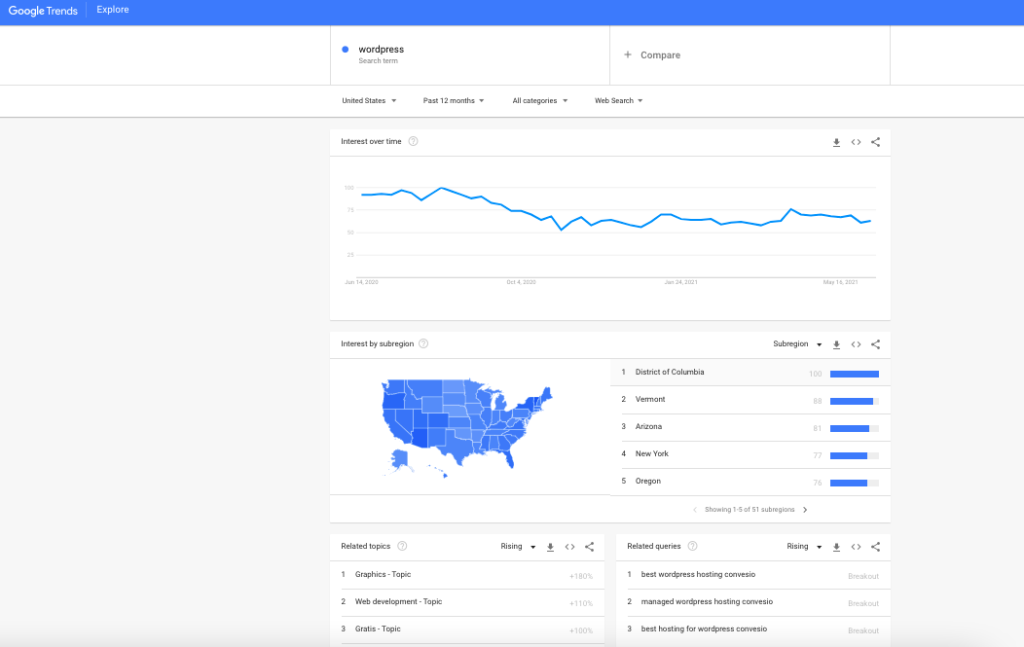
- Google Suggestions: Google suggests user queries, keywords, and much more if you notice them. See the sections like Search Suggestions, People Also Ask, and the suggestions at the bottom of the search page.
- Now prepare the list of all the keywords you come across and check them on Google Analytics for their frequency.
- Include the higher volume ones in H1 and H2 and the rest in the descriptions. Don’t forget to add keywords in your image’s alt tag and URL (which must be short and easy to remember).
6. Publishing blog posts
So you are done writing your blog post? Great. Don’t rush through publishing.
Always edit before publishing your blog. Take a short break before proofreading your article. This will help you see the article in a new light. If possible, run it through your friends or fellow bloggers for profound insights.
Next, check the URL and add alt tags and the proper meta description.
While publishing, create a checklist comprising essential points that you should check for every article. This will come in handy for you or others you hire at a later stage.
7. Promoting your blog
Publishing your article and believing that SEO will do the work for you is not true!
The real work starts post-publishing. It is essential to market your article across different digital platforms. This includes promoting it on Instagram, Twitter, LinkedIn, Pinterest, Facebook, Quora, Flipboard, Reddit, etc.
- The first prominent place to turn to is social media. Choose the platform that best suits your niche and attracts your target audience. This is important to keep in mind when you are promoting your blog. There’s no use promoting your blog on every social media platform. Look for the channels that will provide you with the best returns.
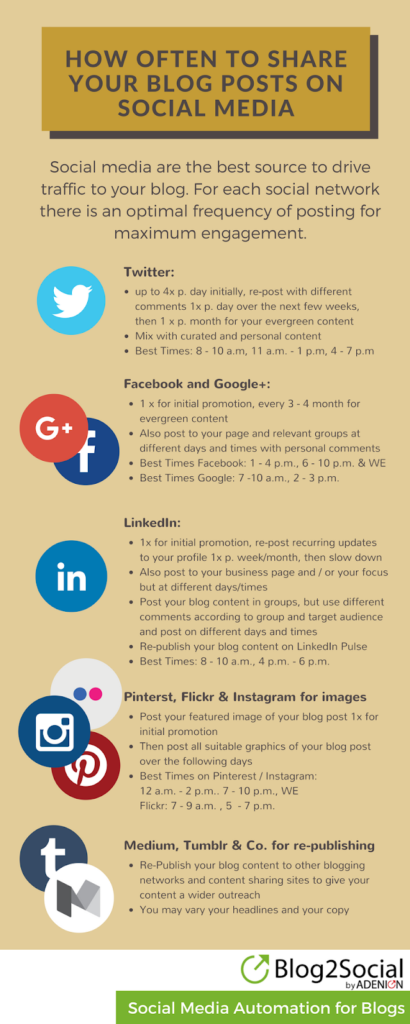
- Guest blogging on relevant sites and blogs can also prove to be of great help. With this, you will connect with an already established audience.
- At times, simply throwing your ideas out into social media might not be much effective. Rather be a part of online communities, and targeted forums can provide you with a better return on your time. But you have to find the right ones. Check out the relevant groups on Facebook to learn about some vibrant communities.
- Another blogging basic to note is that you can also use an email newsletter to grow your blog audience. It is one of the most potent ways to keep your readers engaged.
When creating your blog, learn to be your own biggest cheerleader. The long and short is, market your article everywhere you get a chance. Some people go as far as commenting on other related articles to promote it. It is an excellent way to build backlinking.
Remember, your blog won’t grow overnight. You will have to experiment with different features like push notifications, asking people for newsletter subscriptions through the signup page, etc. You can even host giveaways.
8. Participating in the blogging community
Community building is one of the basics of starting a blog. To gain traction on your blog, you must connect and collaborate with people in similar niches, interact with your readers via comments or social media platforms, and become a part of the blogging community on social media groups (there are numerous).
This will help you feel more inclusive and motivated and learn real-time growth and blog starting tips from other experienced bloggers.
9. Monetizing your blog
Yes, you can earn from your blog. There is a reason making money from the blog has been placed at the end of the guide. While monetization should not be your only focus for blogging, it is definitely a great advantage.
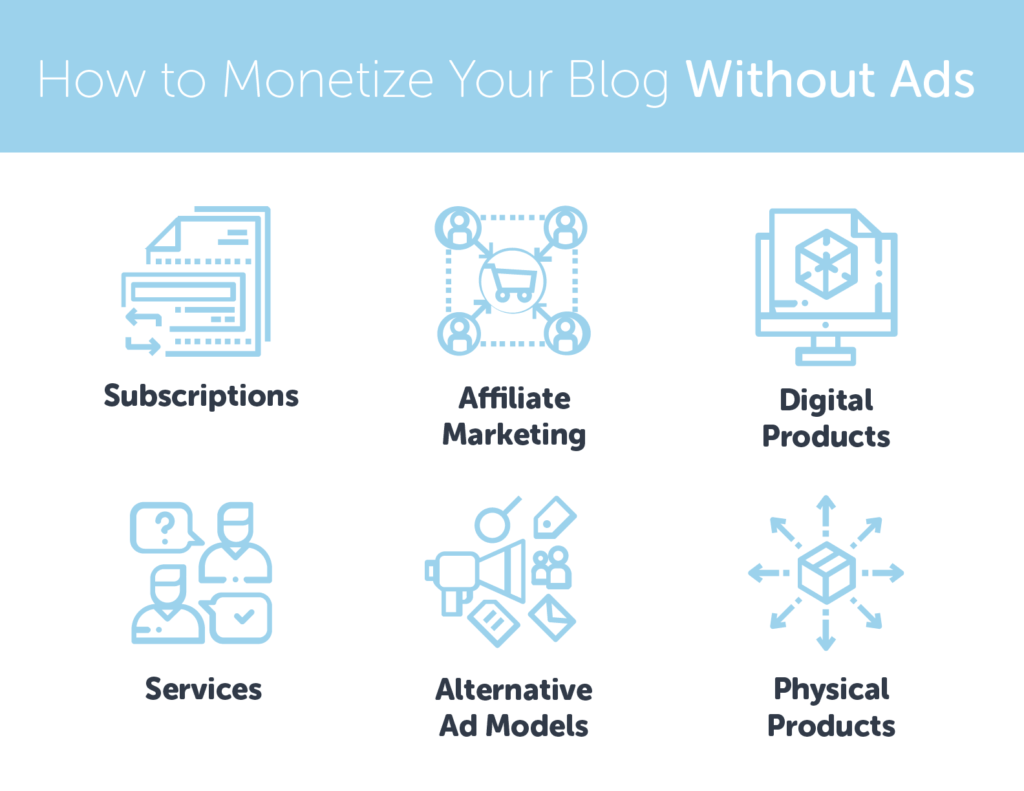
But, unless you already have the blogging basics in place and a large audience base, you cannot expect to make money.
Here are some ways to earn money from your blog:
- Google AdSense: This is the easiest way to monetize your blog. All you have to do is sign up with Google Ads.
- Freelancing: In case you want to start earning from the blog quickly, selling your services is the easiest option you have at hand. To find a client, you need a strong pitch. Make sure you have some work samples to show your client.
- Affiliate marketing: You can sign up for Amazon, ShareASale, etc. Most of the known brands have affiliate marketing. Once you have a small readership, you can broker an advantageous affiliate deal with a brand with products you would like to promote through your blogs.
- Other options: Offer sponsored guest posts or launch a digital service/product. Unless you have a small audience on the blog, it will take some time to grow the readership to a point where you have the option of sponsored content. For sponsored content, make sure that you don’t alienate the readers.
10. Tracking and improving your blog
What gets measured gets improved! Use tools like Google Analytics and MonsterInsights (WordPress plugin) to see your traffic, ranking, etc.
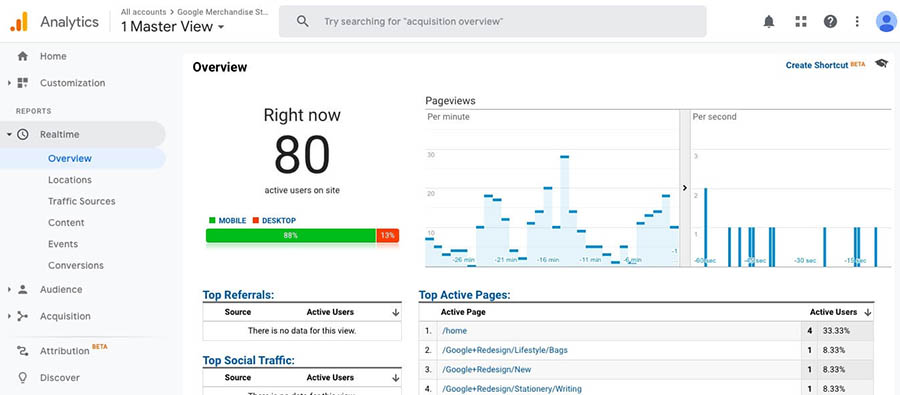
This will help you understand what your readers like to read, the vocabulary, etc. Based on this, you can work on the upcoming articles and revamp the existing articles. Moreover, content marketing and SEO evolve every day. Hence, there’s always something new to implement in your article.
So keep your old articles updated, repurpose them (like create and add infographics, etc.), and don’t forget to update your plugins!
Blogging is a pretty competitive niche. According to Semrush, there are 500 million+ blogs out of 1.7 billion websites. Growing a successful blog ultimately comes down to being engaged and excited with the new blog. If you want people to read what you are writing, you have to give them a reason, and all other metrics such as traffic, monetization, etc., will follow.
Hence, it is wise to learn from others’ mistakes. We hope these blogging tips for beginners help give your blog the head start it needs.
A Quick Summary
Blogging is one of the best ways to connect with your audience and build a community online. In a hyper digitalized world, with the pandemic increasing the distance between people, if your brand can bring people together, it will stay relevant in the long run.
The basics of starting a blog include picking a niche, posting content around that niche, and promoting your content actively on all platforms. Another blogging basic to keep in mind is search engine optimization (SEO). It is necessary to include keywords to make your content rank on search engines. With more visibility comes more website visits, leading to an influx of organic traffic.
Key Takeaways
- Choose a niche that combines your interests, expertise, and audience demands.
- Maintain a consistent posting schedule.
- Invest in a content or editorial calendar. You can note your essential ideas and coordinate with your teammates with a content calendar.
- Once you have chosen a domain name, plugins, and decided your niche, keep writing and publishing. The feedback, both positive and negative, would hone your writing skills.
- Create on-demand content targeted to a specific demographic. Identify your target audience and cater to their content needs.
- Search engine optimization (SEO) is important to master. It is the practice of including popular search phrases in your content to increase your blog’s chances of ranking on search engines.
- Use tools like Google Analytics and MonsterInsights to track your engagement rates, where people have stopped reading your blog, and brainstorm how to retain readers’ attention.
FAQs
Different types of blogs are in demand now. However, some of the most popular blogs are travel, food, lifestyle, photography, personal, and health and fitness blogs. These are popular niches, so it might take some time to establish yourself as a thought leader in these domains. A blogging basic to keep in mind is to be consistent. Overnight successes usually have decades of work behind them.
One of the basics of starting a blog is to note your target audience’s interests and create different types of content around those areas. Yes, asking questions is an excellent way to grow your blog for various reasons. Firstly, it will make your readers feel that they are participating in the blog. Secondly, it will make the readers feel more connected to what you say. There is nothing like coming to a blog post where readers interact to give it the sense of being alive.
Blogging basic 101 is learning how to make money from your blog. Blogging is a content marketing tool that indirectly leads to conversions and sales. It convinces the audience that you have expertise in your niche. Most bloggers make money by placing ads on the site. Every time a reader clicks on the ad, they get paid for the click. You get money based on how many people are checking the ad.
The sooner you start with your blog, the better it is for you. It will give you time to mold the blog as it is an organic process. A blogging basic to note is to be patient. Your blog is going to take time and is going to build as you add content and posts. You can take free blogging courses on when and how to start writing a blog.
One of the basics of starting a blog is to learn how to make a content calendar, maintain a posting schedule, figure out your target audience needs, and so on. Courses are not always essential to succeed in blogging; however, you may take one to understand the art of copywriting. When you choose the right course, blogging courses are worth it. You will find hundreds of top blogging courses on the internet. You just have to be sure you choose the best online blogging course.
Latest Blogs
Learn how to rank on AI search engines like ChatGPT, Perplexity, and Gemini by optimizing your content for authority, structure, and relevance. Stay ahead in AI-driven search with this strategic guide.
Explore the best healthcare SEO services for your medical practice. Improve online visibility and effectively reach more patients in need of your services.
Discover top social media agencies specializing in banking solutions, enhancing financial services and driving engagement.
Get your hands on the latest news!
Similar Posts

Artificial Intelligence
5 mins read
Top AI Blog Writing Tools for Website Monetization
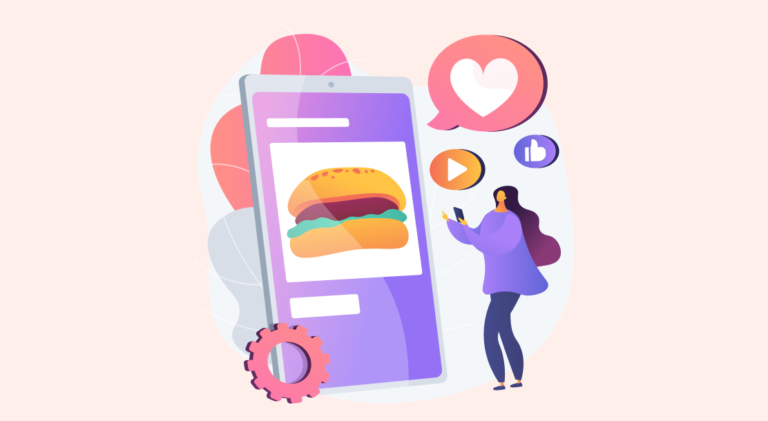
Blogging
10 mins read
How to Start a Successful Food Blog in 2022

Blogging
4 mins read